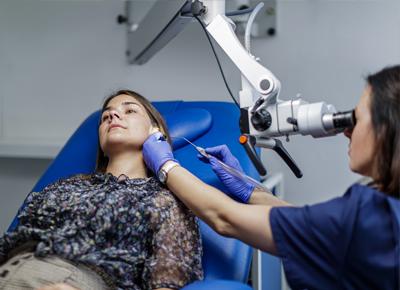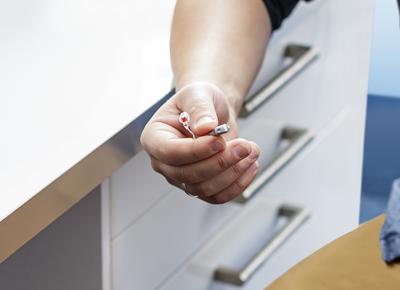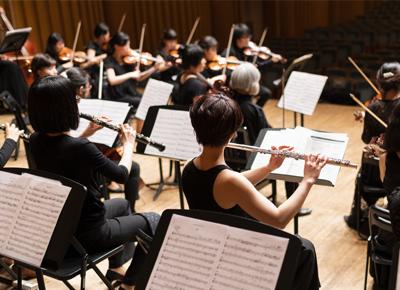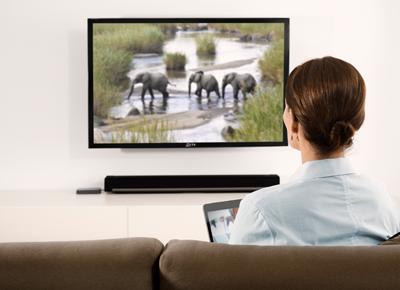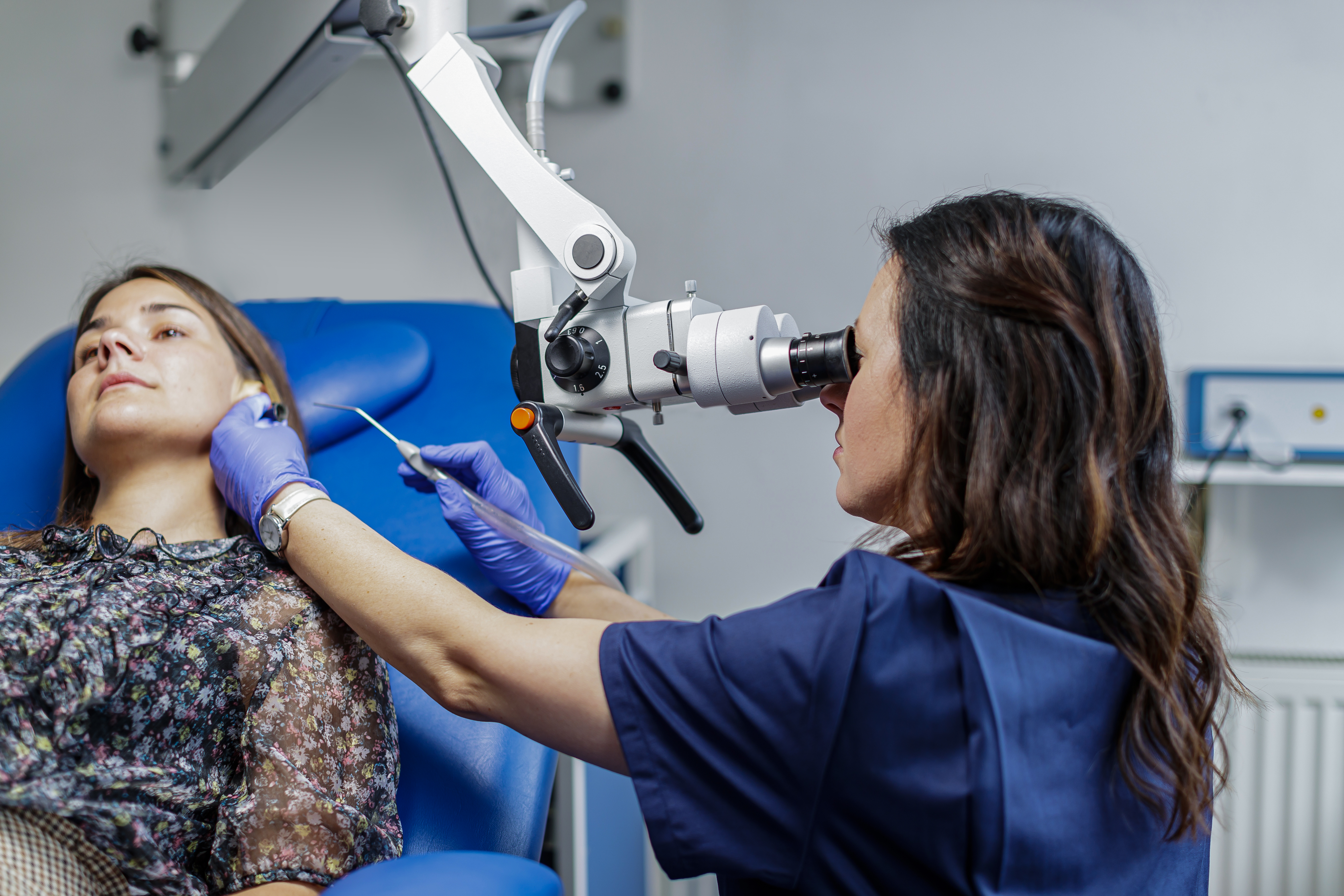Delivering specialist hearing care for over 50 years
Welcome to House of Hearing.
We are passionate about your hearing and have been for over 50 years.
At House of Hearing our experienced team of senior audiologists will carry out your free comprehensive hearing test, find the best hearing aids for you, offer advice or fit customised hearing protection to suit your particular requirements.
We are proud to offer the only private ENT nurse-led team in the country providing you with an expert wax removal service, Monday to Friday, and on Saturdays in Edinburgh.
Complete Care
At House of Hearing we understand that being fitted with your new hearing aids is only the beginning of your exciting journey to better hearing.
We know how important it is to have complete peace of mind that you and your hearing health will be looked after for the lifetime of your hearing aids. This is why our premium hearing aids include our unique House of Hearing ‘complete care’ package which includes:
- Our free hearing health assessment (full hearing test, tympanometry and real ear measurement)
- Our ‘learning to hear again’ experience including our Complete Care book to help guide you through the process
- A 4 year warranty on the hearing aids(s)
- 4 years supply of batteries (or replacement rechargeable battery)
- Full aftercare for life
- Wax guards, domes and speaker units
- An annual check of your hearing health and of the hearing aids
- One complimentary wax removal treatment with our ENT team
- A loan service if your aids have to be sent away for repair**
** the loan of hearing aids will always be offered, however we cannot guarantee a like-for-like loan aid
If you are concerned about any aspect of your hearing or the hearing of a loved one, please contact us.
"The quality of hearing aids is immeasurably better than those provided by the NHS. The care and service provided by House of Hearing has added greatly to my quality of life; in daily life, concerts, theatre, etc. I very much value the facility to 'drop-in' for checks as and when necessary."
"Regular visits to deal with the build up of wax in my ears has been of great help and given great comfort. The unexpected (to me) discovery of an infection and subsequent treatment by Melanie was very timely and avoided more serious consequences. Much impressed by friendly and helpful staff on all visits."
“At House of Hearing it is not only the friendliness and warmth of welcome that meets you at the door on every occasion, but the technical expertise of the audiologists. They deliver a professional audiology service with integrity and compassion and have dignity and respect at the heart of their business.
Thank you seems so inadequate, but all I can say is:
Thank you House of Hearing for letting me live my life.”
"I very highly recommend the House of Hearing. They are completely focussed on finding the best possible hearing aids for each client’s particular needs, and to this end nothing is too much trouble. The staff are all very friendly and helpful, and one is made to feel part of the House of Hearing family. I can’t praise them highly enough, and in particular Louise, who couldn’t have done more for me”.
"Service and afterservice is great - very professional wax removal. Also very caring."
Products & Services
Latest News
Hearing Health and Dermatology
When it comes to skin conditions, we usually associate these with symptoms such as rashes on our arms or dry skin on our faces, but a lot of people might not realise that they can also affect our ears.
Hearing Aids Just Got Even Smarter! – Virtual Event
Join our Virtual Event, hosted on Zoom at 12:30pm on Friday 19th May, to find out just how clever hearing aids really are, and also how the latest models can reduce the annoyance of sounds like wind noise and sharp sounds like cutlery and doors slamming.
Studies Show Link Between Dementia & Untreated Hearing Loss
A recent study from the Johns Hopkins Bloomberg school of Public Health discovered that older adults living with untreated hearing loss were more likely to suffer from dementia compared to those using hearing aids
The History of Hearing Aids and Listening Devices
Hearing loss is not a new condition in the slightest, people have been living with and trying to cure hearing loss for centuries.
Join us as we take a look at where the brilliant hearing aids we have today originated- you will be shocked to see just how far the technology has progressed!
Getting the most out of the festive period as a hearing aid user
We all look forward to celebrating with family or friends at this time of year, but wearing a hearing aid can mean that conversation is extra challenging at social events.
The Dangers of Overusing Headphones
The World Health Organisation (WHO) recently shared some startling news: "it is thought that over 1 billion people aged 12 to 35 years old risk losing their hearing due to prolonged and excessive exposure to loud music and other recreational sounds"
Tips for Summer Travel with Hearing Aids
If you’re one of the many people hoping to get away and you’re living with a hearing loss, you shouldn’t let it stop you from travelling, you just need to remember a few extra things before you hit the road!
What To Expect From Your Hearing Aid Fitting Appointment
The World Health Organisation (WHO) states that 1.5 billion people globally live with a hearing loss of some sort, and that by 2050 there could be over 700 million people with a disabling hearing loss.
Our St Andrews Clinic is Moving!
Learn all about the exciting relocation of our St Andrews practice and our temporary premises while we prepare our new clinic for you.
World Hearing Day 2022: To hear for life, listen with care!
World Hearing Day is held on 3rd March each year. The day and events surrounding it are promoted by the World Health Organization (WHO) to raise awareness on the prevention of hearing loss and promote healthy hearing practices worldwide.
Talking Tinnitus - Virtual Event
Find out the facts about tinnitus, including the latest research and a first-hand account of a tinnitus journey at our free Virtual Hearing Event
Our Glasgow clinic is now registered with Healthcare Improvement Scotland!
We are delighted to announce that House of Hearing Glasgow is our second clinic to be registered with Healthcare Improvement Scotland (HIS) for its ENT nurse-led wax removal service!




